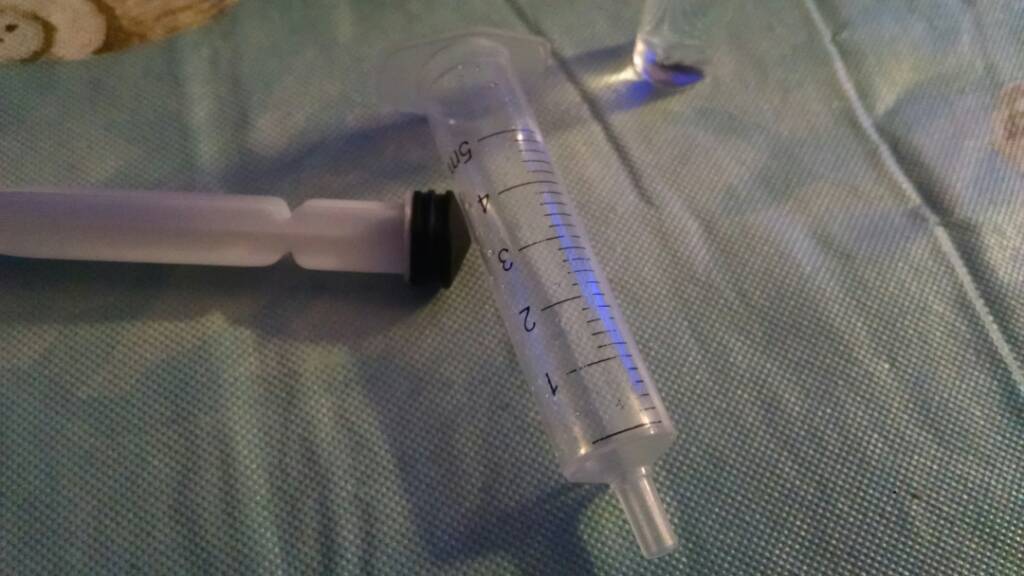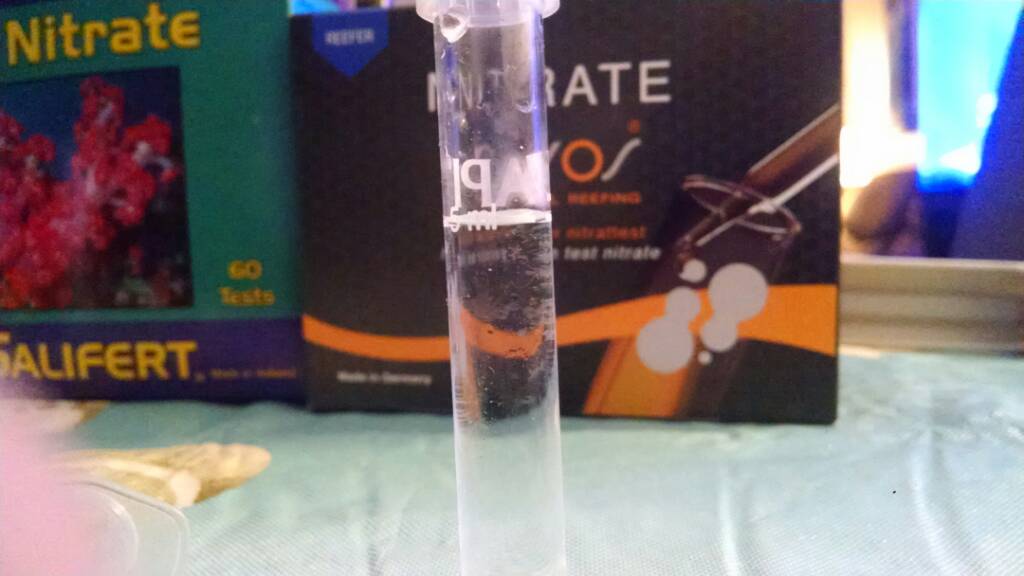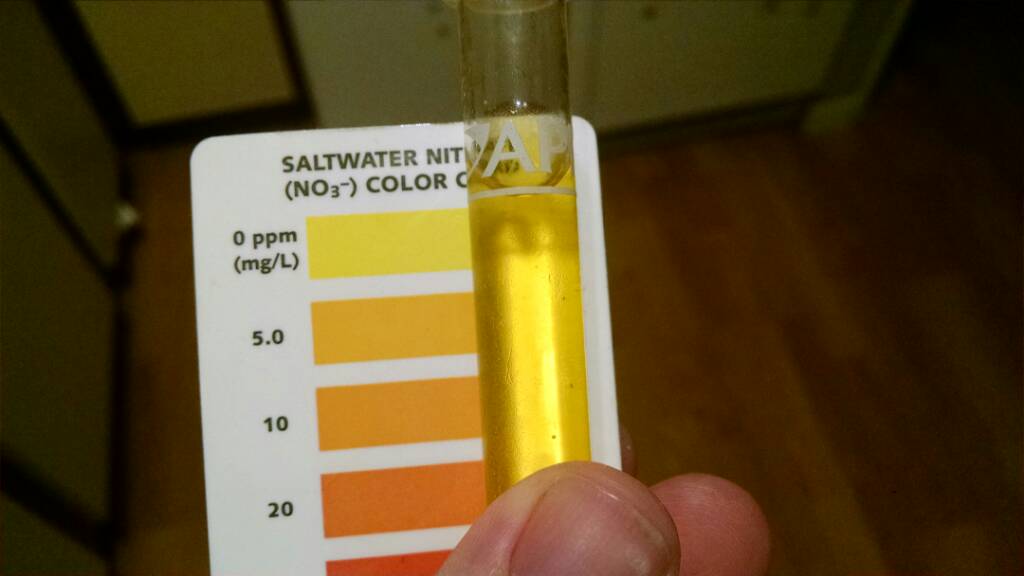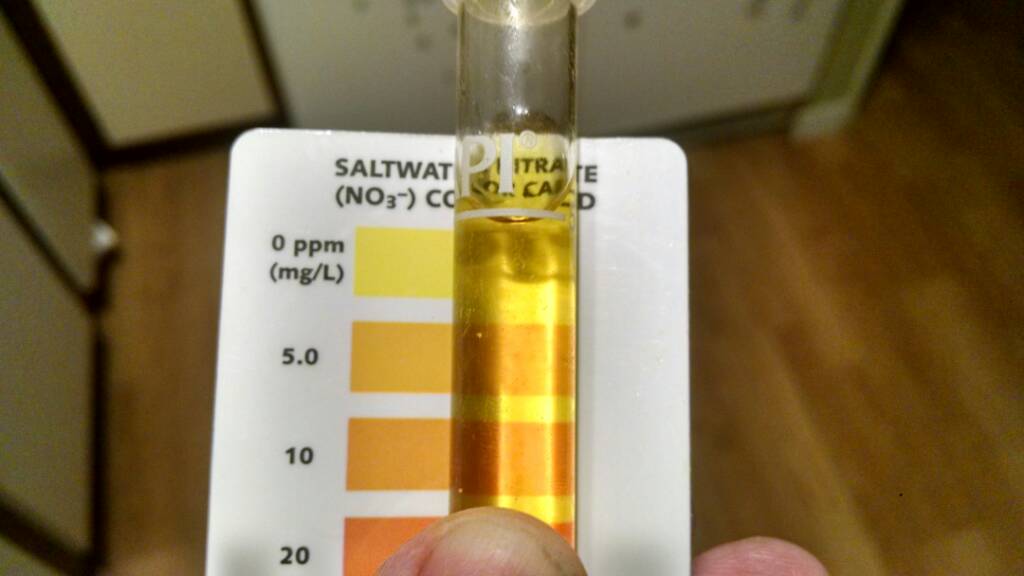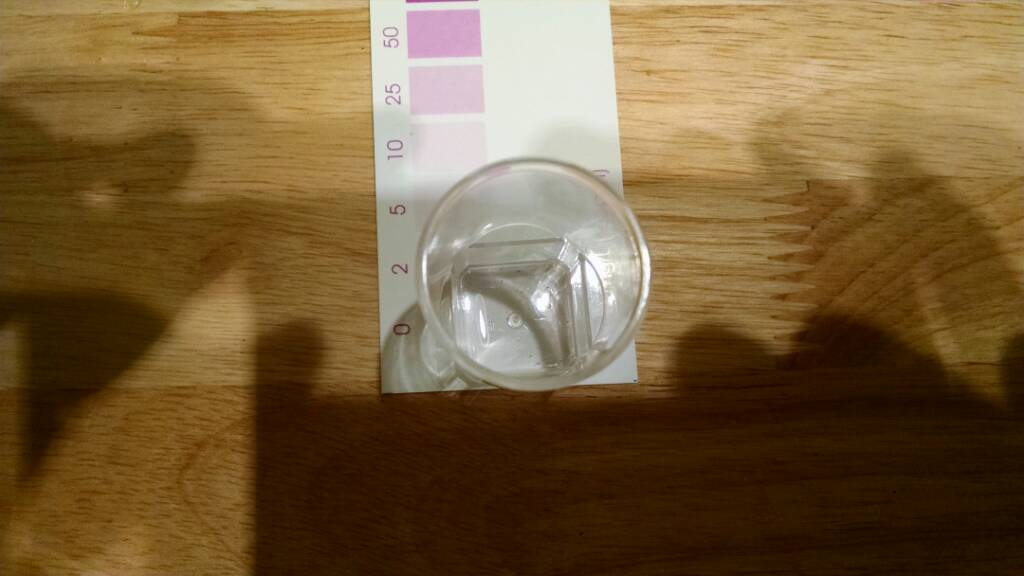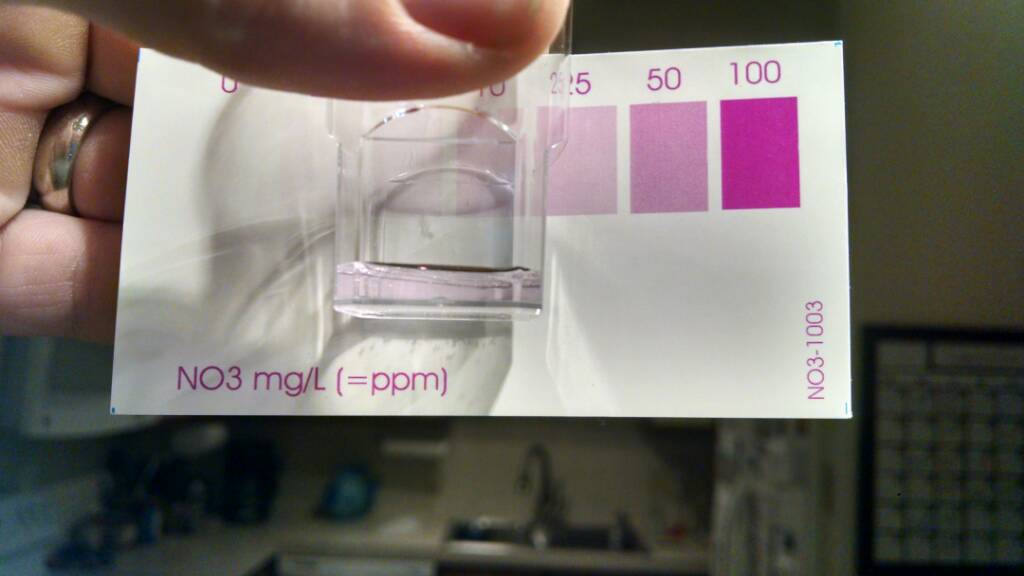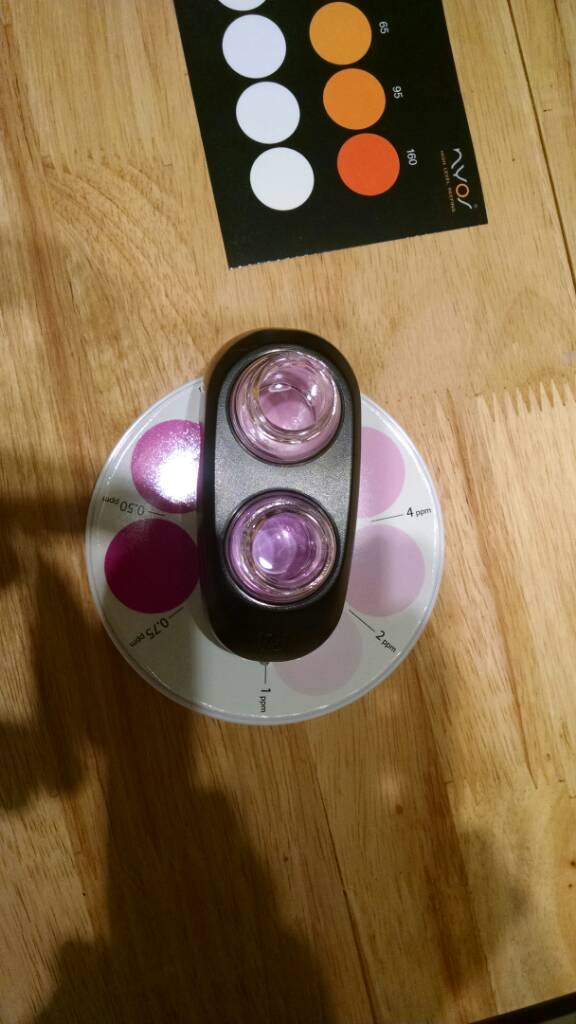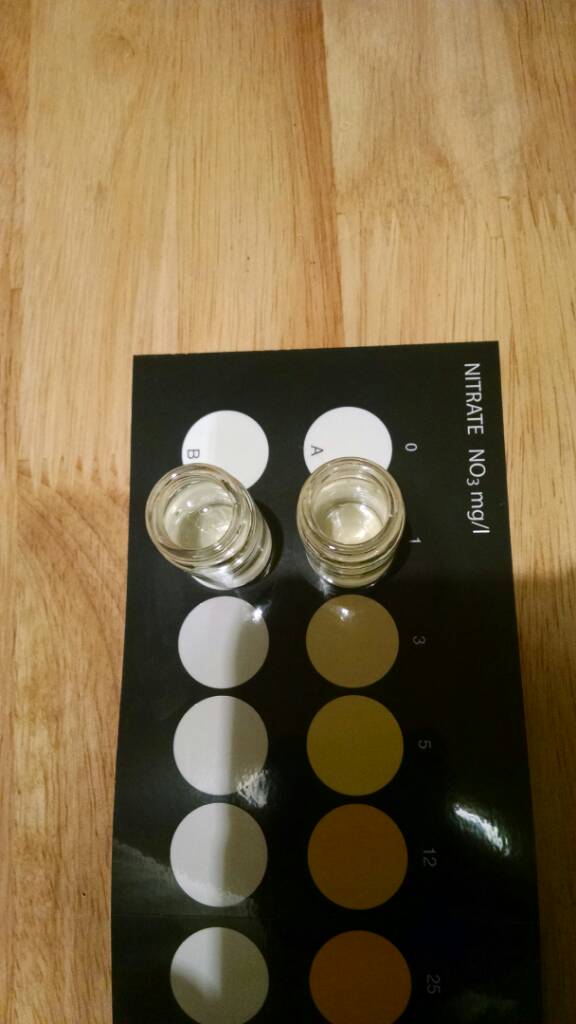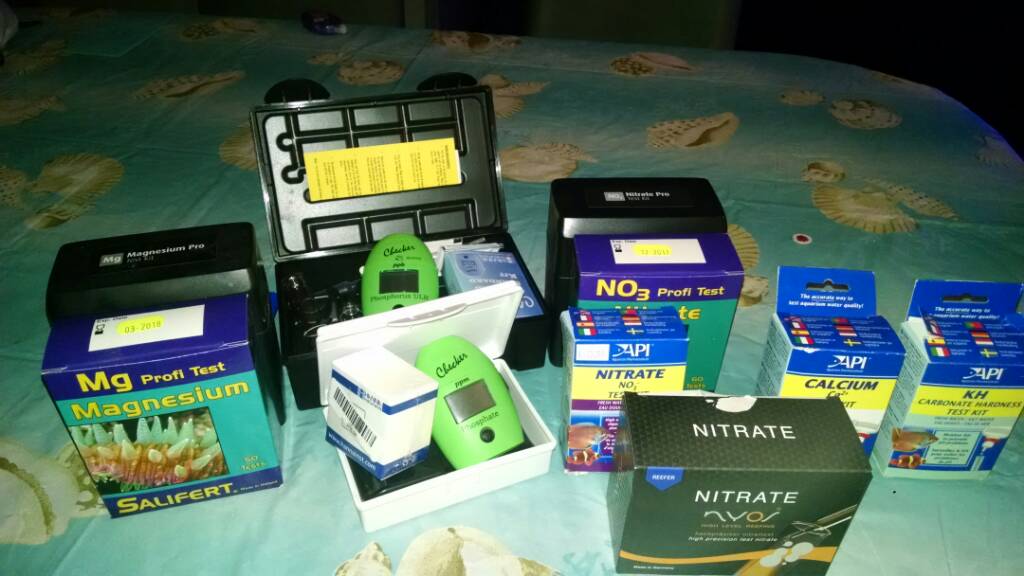- Joined
- Jul 28, 2015
- Messages
- 4,668
- Reaction score
- 3,191
I was suggested to post this here and may be of interest.
Based off another thread that sparked my interest to test out a new Nyos Nitrate test kit that others were liking and comparing it to other kits I ordered a few in plus the API and Red Sea Pro I already had.
What I'm about to go over I've gone over many times in many threads so the meat and potatoes will be in a following post and the rest of this post can be ignored which I'm sure it will be anyways if not the entire thread.
And a recent one I just posted and got results in today on various tests I do and abilities to do them so it was a me(and reliability of hobby kits) vs. Triton.
https://www.reef2reef.com/threads/hobbyist-vs-triton-testing.221320/
I've always been a fan of API when I can use them as they are cheap, consistent for me, and accurate enough for me. I don't try or want to try to run a ULNS system. I aim to be in a range for pretty much all parameters based on what Randy Holms-Farley lists over in this great article
https://www.reef2reef.com/threads/o...-reef-aquarium-by-randy-holmes-farley.173563/
I find the key to getting consistent results is making sure I do all the tests ( from prep, execution, reading, and clean up) is done as exactly the same as possible every time along with making sure the reagents are not close to expiring.
So, with all that said here it goes. My results from tonight will follow this post and what I plan to do next will be at the end. As in the next week or so I have more tests and comparisons to do.
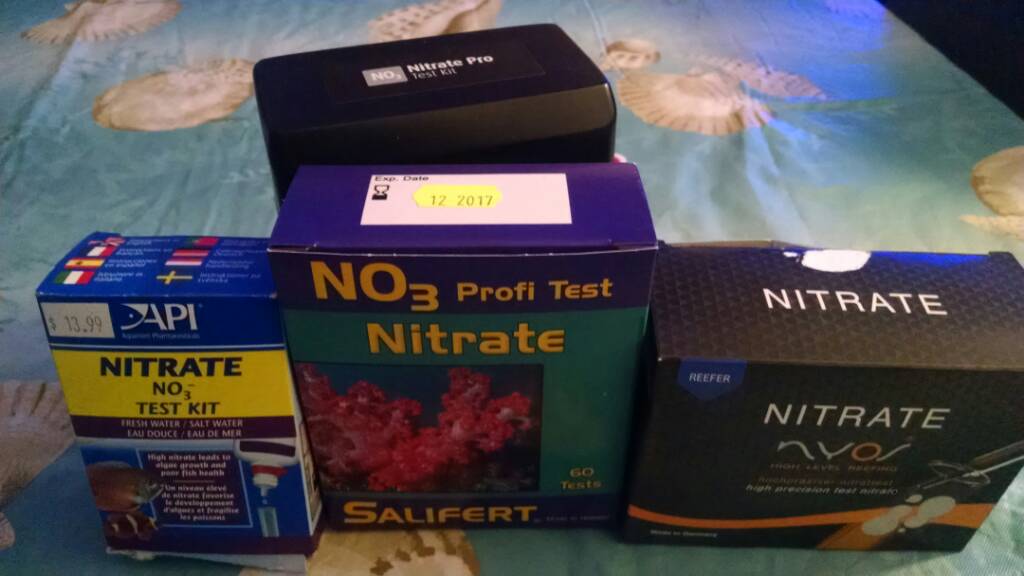
Based off another thread that sparked my interest to test out a new Nyos Nitrate test kit that others were liking and comparing it to other kits I ordered a few in plus the API and Red Sea Pro I already had.
What I'm about to go over I've gone over many times in many threads so the meat and potatoes will be in a following post and the rest of this post can be ignored which I'm sure it will be anyways if not the entire thread.
And a recent one I just posted and got results in today on various tests I do and abilities to do them so it was a me(and reliability of hobby kits) vs. Triton.
https://www.reef2reef.com/threads/hobbyist-vs-triton-testing.221320/
I've always been a fan of API when I can use them as they are cheap, consistent for me, and accurate enough for me. I don't try or want to try to run a ULNS system. I aim to be in a range for pretty much all parameters based on what Randy Holms-Farley lists over in this great article
https://www.reef2reef.com/threads/o...-reef-aquarium-by-randy-holmes-farley.173563/
I find the key to getting consistent results is making sure I do all the tests ( from prep, execution, reading, and clean up) is done as exactly the same as possible every time along with making sure the reagents are not close to expiring.
So, with all that said here it goes. My results from tonight will follow this post and what I plan to do next will be at the end. As in the next week or so I have more tests and comparisons to do.






